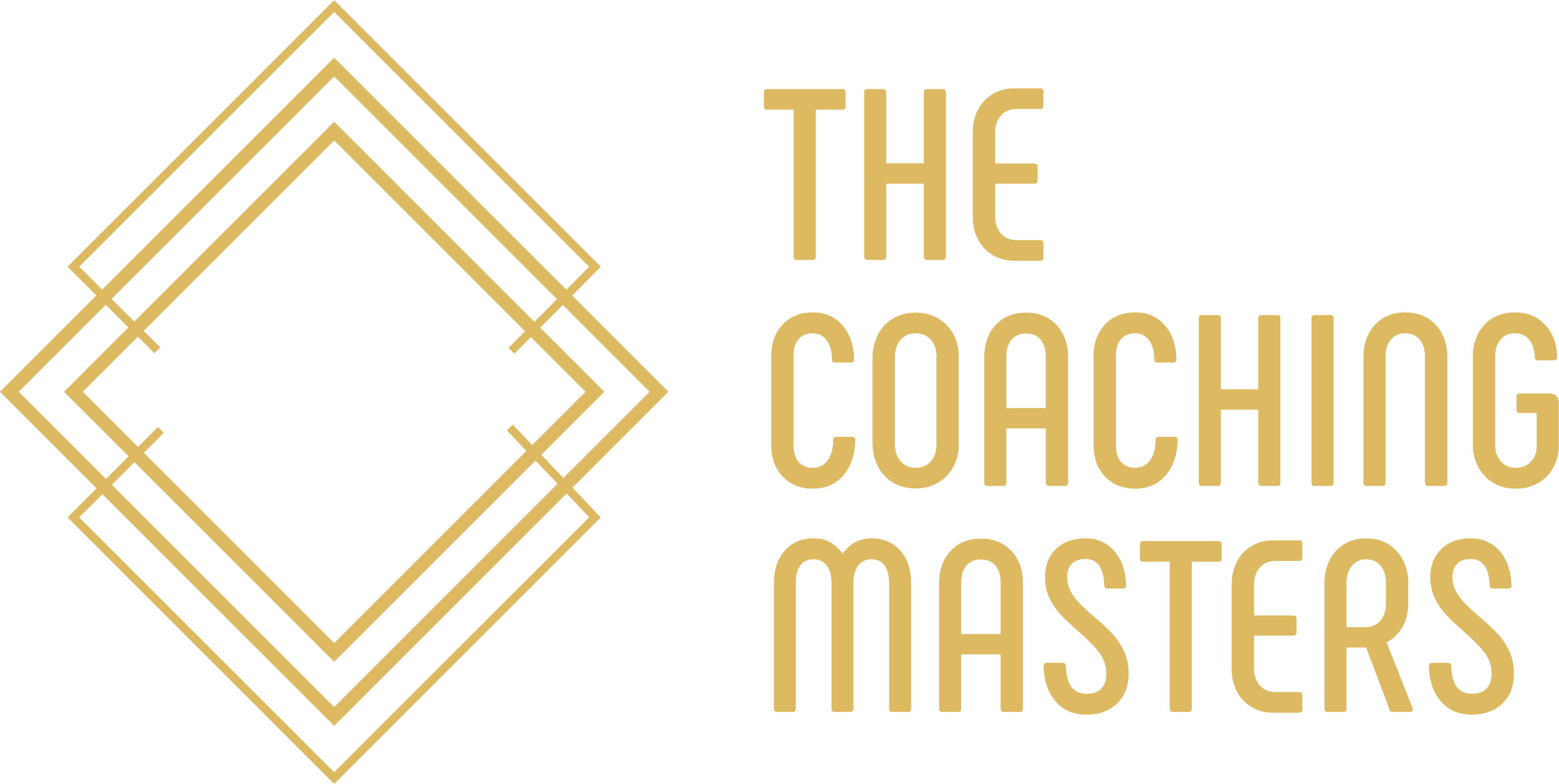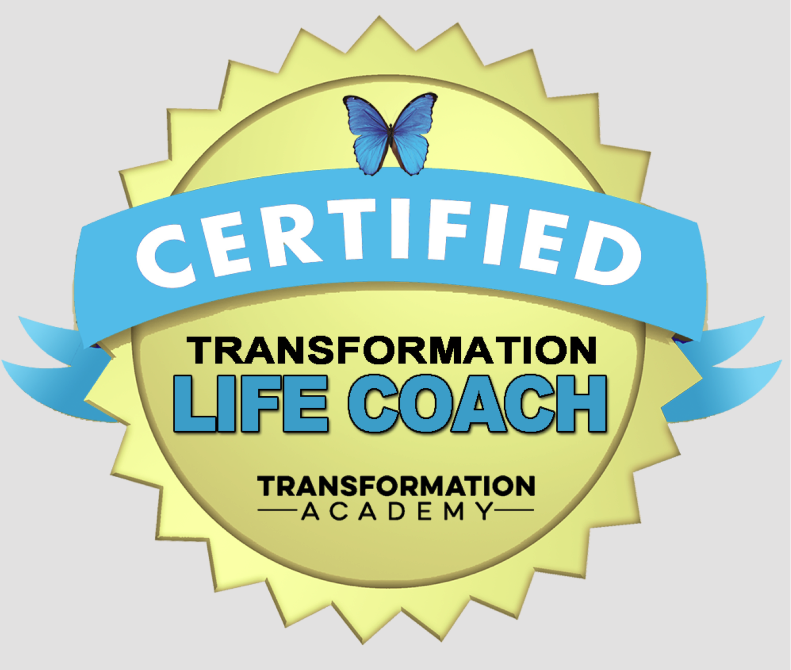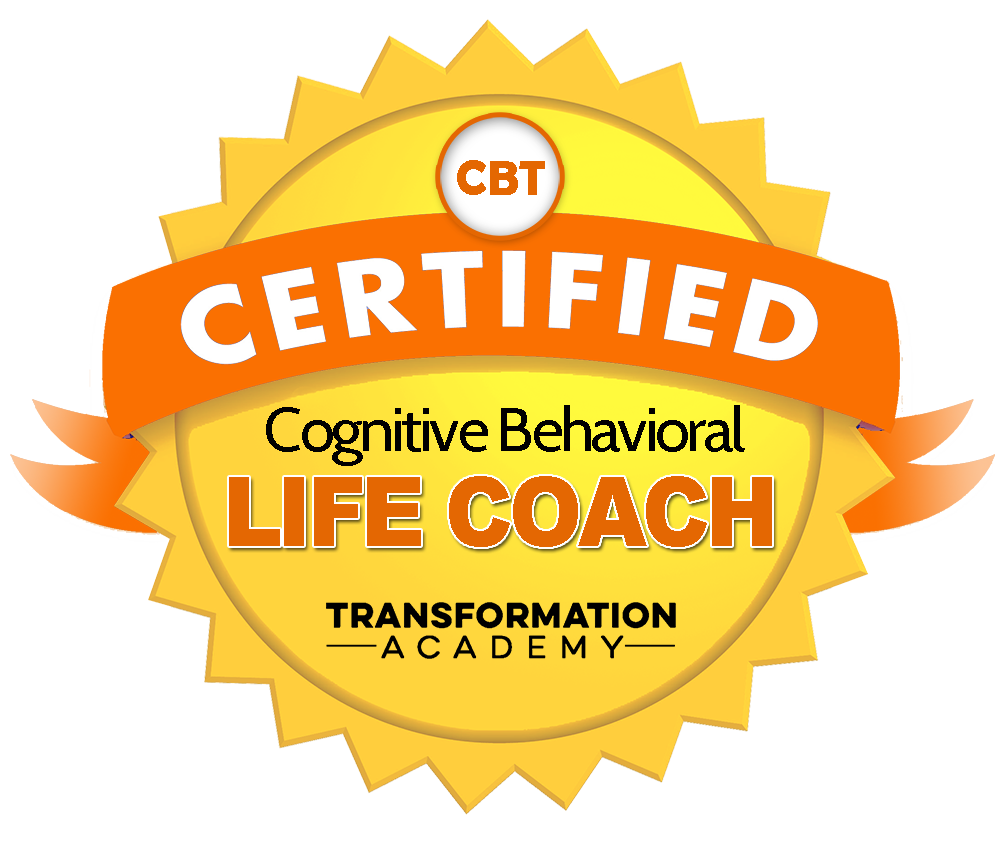The History Of Feng Shui

Feng Shui is the ancient Chinese practice of utilizing certain so-called laws governing the heavens and earth that can improve through what is called having positive Qi. Feng Shui history is an ancient one and covers over 3,500 years. It is even older than the invention of the magnetic compass. A main portion of its origins may stem from ancient astronomy.
The astronomical history of Feng Shui is evident in the ancient instruments that were developed in its practice. The earliest known Feng Shui instrument may have been what is known as the gnomon. This instrument was used along with trying to circumpolar the stars to determine the north and south axis. This was used in laying down early Chinese settlements.
The ancient Yangshao and Hongshan cultures in China provide the earliest evidence of the practice of feng shui. As early as 4000 BCE, doors from Banpo dwellings were aligned to the star called Yingshi just right after the winter solstice. This allowed the homes to be sited for better solar gain. During the Zhou era, the star Yingshi was known as Ding and had a great influence in trying to determine the appropriate time to build their capital city. This is according to records on the Shijing.

Another example of the practice of ancient feng shui can also be found in the grave at Puyang that dates back to about 3000 BCE. This particular grave contains mosaics of the stars called Dragon and Tiger along with the Beidou, known in the Western world as the Big Dipper constellation. The mosaics seem to be oriented along the north-to-south axis. The presence of round and square shapes was also found at the Puyang tomb, the Hongshan cultural ceremonial centres, and the former Longshan settlement. These evidences suggest that the practice of Gaitian astronomy (belief in a round earth and a square earth) was already present in ancient Chinese society
One of the oldest instruments used in ancient feng shui was the liuren astrolabes. These ancient instruments consist of a lacquered, two-sided board with astronomical sightlines. The oldest of the Liuren Astrolabes have been found and discovered in tombs dating from 278 BCE and 209 BCE. These ancient astrolabes show the cord-hook diagram and some of those found even include the magic square of three. The markings on these instruments remained unchanged, from the ancient astrolabe down to the first magnetic compasses.
The practice of astronomy that bears a striking resemblance to many modern feng shui devices and theories was also discovered on a jade artifact found in Hanshan that dated around 3000 BCE. Ancient structures in China, including its palaces in the capital cities, are influenced by feng shui in their design and layout. The rules that were followed were written during the Zhou era on the "Kaogong ji", or the "Manual of Crafts".
The magnetic compass was initially invented for the practice of feng shui and has been in use since its invention. Traditional feng shui instruments include the Luopan or the earlier south-pointing spoon or the Zhinan Zhen. This shows the extent of feng shui history and its long-standing practice in ancient Chinese history.

Feng Shui is the art of placing and situating a structure so it is in harmony with nature. Also known as “Kanyu”, cultural and social issues are influenced by cosmological, metaphysical, and natural factors.
To use this ancient technique, you have to understand the influence of cosmology on Earth. You should also know how astronomy and astrology influence the placement of buildings. You also need to understand Confucian classics, the weathering process, the forces of nature, the magnetic fields, and how these all influence us. If you think about it, that is a lot to study.
The history of Feng Shui originated in the West Han dynasty around the third century BC. Those who practice it believe that the earth is alive with energy. If people built a structure on a land with revitalizing energy, they would prosper. If this is placed in a site with bad energy, misfortune will occur.
Originally, Feng Shui was used to help place tombs for those who have died rather than for building homes for the living. Back then, they believed that choosing a good burial site would bring peace and prosperity to those who remained here on earth.
The instrument used to select the correct burial site was known as the “Lo Pan.” This invention was traced back to the Yellow Emperor where it is said that the “Lady of the Nine Heavens” gave him this knowledge.
This ancient compass was called the Hin Shi and is described as a square base called a diviner’s board, holding a bowl of water that floated a magnetic south-pointing spoon. The Hin Shi then developed into the “Lo Pan” and during the Sang Dynasty, this was used to navigate at sea. When this was brought to Europe somewhere during the 13th Century, this was better known as the compass which helped navigators explore the rest of the world.
But going back to Feng Shui, if the “Lo Pan” can be used to pick good burial sites, couldn’t it do the same for erecting buildings where people could live? The answer is yes and so this device was now used to analyse the orientations in a relationship to the main door, the bed, and the stove.
Since then, both the rich and the poor have incorporated this in their architecture. Archaeological studies have shown that ancient Chinese city planners were made in concentric rectangles surrounded by walls that were then surrounded by lakes, hills, valleys, gardens, courtyards, and parks which were to enhance positive energy.

As for buildings, these were constructed to enhance a healthy relationship between family members and the country.
This is where Yin and Yang come in and this is considered to be the foundation of the universe. Coming from Taoism, these two are complete opposites that cannot exist without the other.
For them, the left side of the building must represent Yang, or the male force while Yin, or the female force is on the right.
Examples of yang's in the past included sunlit roofs, built areas, and an elevation in the front. For Yin, there must be empty areas, shadowed eaves, set-back structures, and elevations in the back.
The history of Feng Shui was almost forgotten when the communists took over in 1949. If it weren’t for the masters who practiced it and shipped it out to Hong Kong or China, we would have never known it existed. Feng Shui made its way to the US only in the 1970’s. Various articles and shows have focused on it and people now use it to help in building a house or a building.
Click the link below to book your free clarity call or free virtual coffee chat.
Grab a copy of our newletter by completing the form below, this will then be sent to your inbox every month.
My Affirmation For The Week
"To draw, you must close your eyes and sing."









